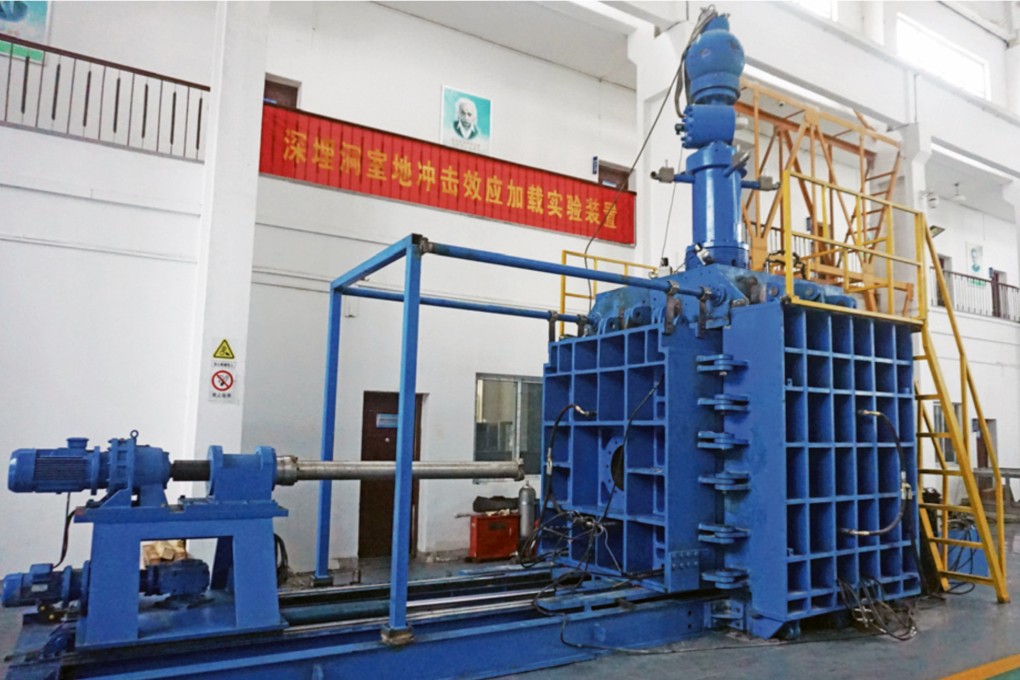Advertisement
China expands nuclear arsenal as global tensions grow among atomic powers, SIPRI says
- India, Pakistan and North Korea also upped their stockpiles, but the bulk of the increase was from China, which increased its arsenal from 350 to 410 warheads
- ‘What we’re seeing is China stepping up as a world power, that is the reality of our time,’ said the Stockholm International Peace Research Institute
Reading Time:2 minutes
Why you can trust SCMP
11

The nuclear arsenals of several countries, especially China, grew last year and other atomic powers continued to modernise theirs as geopolitical tensions rise, researchers said on Monday.
“We are approaching, or maybe have already reached, the end of a long period of the number of nuclear weapons worldwide declining,” Dan Smith, director of the think tank Stockholm International Peace Research Institute (SIPRI), told Agence France-Presse.
The total amount of nuclear warheads among the nine nuclear powers – Britain, China, France, India, Israel, North Korea, Pakistan, Russia and the United States – was down to 12,512 at the outset of 2023, from 12,710 at the start of 2022, according to SIPRI.
Advertisement
Of those, 9,576 were in “military stockpiles for potential use”, 86 more than a year earlier.
SIPRI distinguishes between countries’ stockpiles available for use and their total inventory – which includes older ones expected to be dismantled.
Advertisement
Advertisement
Select Voice
Choose your listening speed
Get through articles 2x faster
1.25x
250 WPM
Slow
Average
Fast
1.25x
